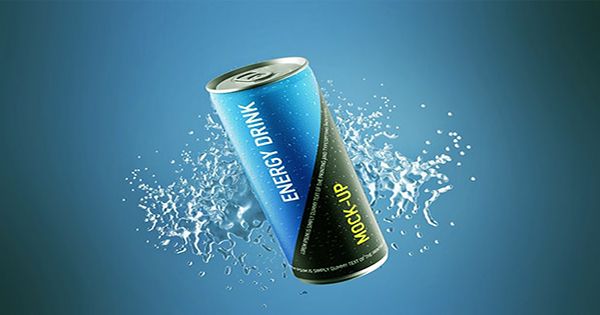MEL Science recently posted a video of an experiment that shows how some aluminum soda cans actually contain a strange film of plastic. They even have the courtesy of explaining something about how you continue to experiment on your own and the chemistry behind the reaction.
Compared to their plastic parts, a soda may seem like a more environmentally friendly, plastic-free alternative. But just below the bottom of many aluminum cans there is a very touching mystery.
Here’s how you can try it at home. First, cover the exterior paint with some sandpaper. When you have just left a raw shiny can, lift the can to the top of the can rink and stick the wooden rod through the hole. Then, using a wooden rod, place it in a suitable baker or jar to hang it upside down. Next, fill the drain cleaner with it, the one of your choice that contains sodium hydroxide. Finally, leave it there for at least two hours.
Annoying, but important things here: Make sure you wear protective gloves, goggles and a mask when doing the test. Also, make sure it is done in a well-ventilated area, as the reaction will release hydrogen gas and only do it under adult supervision. Last but not least, make sure you don’t get soda after the test. After two hours are over, remove the can and you see that the aluminum has completely dissolved, leaving a thin plastic film with the drink in it.
It may contain aluminum, an amphoteric compound that reacts very easily to alkaline components in drain cleaners. According to MEL Science, the chemical reaction at hand here is: 2Al + 2NaOH + 6H₂O = 2Na[Al(OH)₄] + 3H₂.
What’s the point of this plastic, you wonder? The plastic layer acts as a protective liner to protect the contents of the cans from interacting with the aluminum. After all, some sodas are very acidic and can be eaten in metals. It helps to act as a barrier against food-borne illness which can potentially make you sick.
This liner doesn’t seem to affect how easy it is to reuse the can. Aluminum cans use for food and beverages are widely recyclable in most countries, fortunately. Even so, owning one is still beyond the reach of the average person.
















